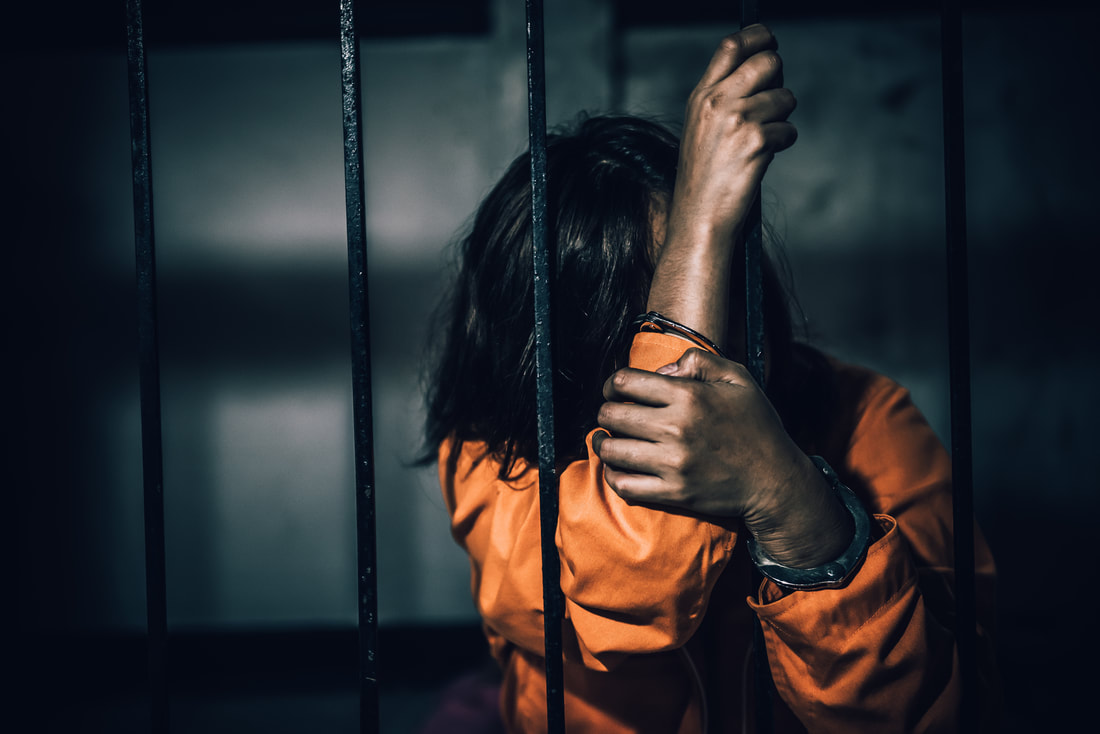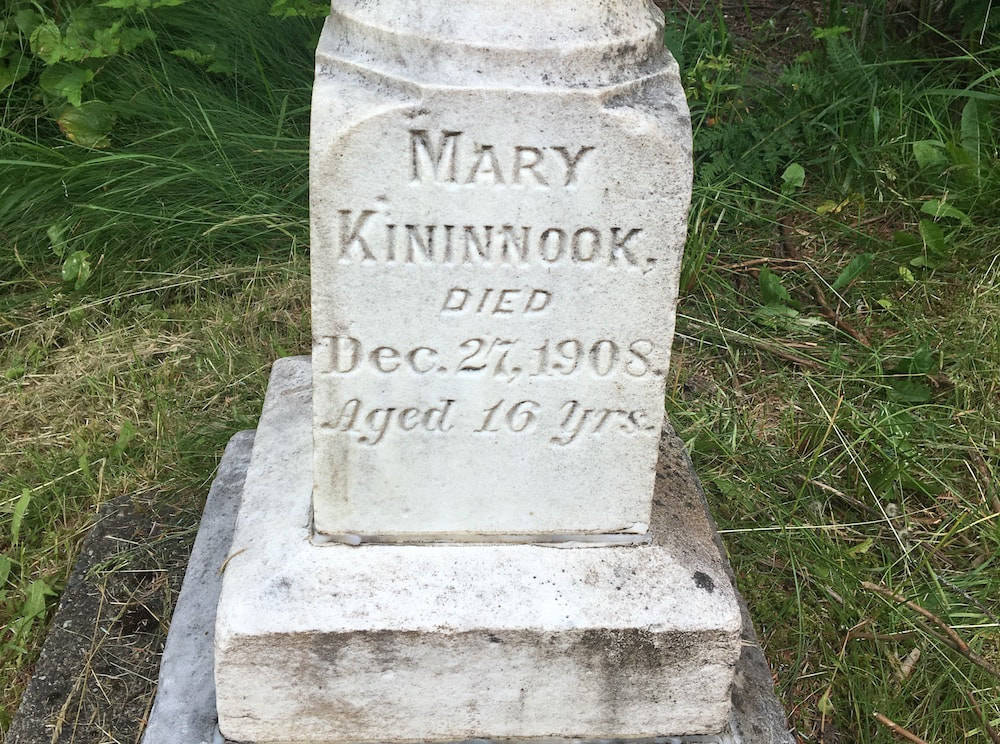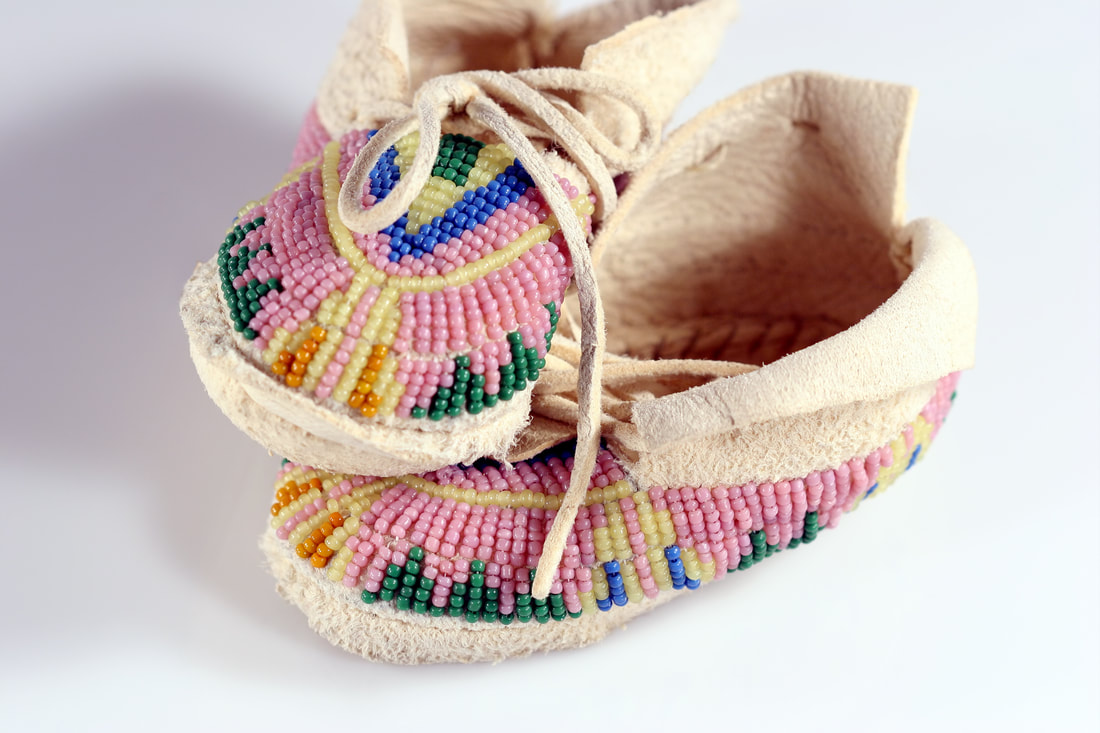|
“Gender-neutral” sentencing policies aimed at treating individuals convicted of murder equally have in fact put women at a disproportionate risk of spending the rest of their lives in prison, according to a study released by The Sentencing Project.
The policies, which give courts little leeway to take account of mitigating factors such as trauma resulting from sexual abuse or coerced participation in crimes committed by spouses, unwittingly create a gender trap that has driven up the number of women serving life terms in prison by an “alarming” 43 percent since 2008, the study argued. Under stricter sentencing guidelines established by “tough on crime” legislatures, judges must consider everyone involved in an incident resulting in homicide equally culpable, regardless of whether they actually pulled the trigger. “Allegedly gender-neutral sentencing policies, such as mandatory minimums that do not account for differential involvement in crime between major participants and minor participants, place women at an extreme legal disadvantage,” wrote Ashley Nellis, Ph.D., senior research analyst at The Sentencing Project and lead author of the study. “For instance, sentencing laws require the same punishment regardless of a defendant’s role in the crime, but women are frequently responsible for a comparatively smaller role in certain violent crime scenarios such as being a getaway driver.” In addition, the study noted, “Because [women] are sometimes coerced into involvement in such crimes by romantic partners or husbands, they are also often disproportionately punished where laws require identical punishments for all defendants regardless of their role in the crime.” The failure to take such mitigating factors into account is the result of a criminal legal system “designed principally by men and for men,” Nellis wrote. There are 6,600 women prisoners currently serving “extreme sentences” such as terms of 50 years or more. Just under a third—about 2,000―were sentenced to Life Without Parole (LWOP), essentially meaning they will die in prison. Some 52 women are currently on death rows across the U.S. While all the women facing life sentences have been convicted of murder, about half of their victims were family members or intimate partners. For men, the percentage is 20 percent. Moreover, older women are disproportionately serving extreme sentences, the study said. Based on a survey sample of 1,000 female prisoners serving LWOP, researchers found that “a shocking 44 percent” are currently at least 55 years old, compared to 27 percent of the general population of incarcerees. Gender bias is further exacerbated by systemic racial bias, researchers found. One of every 39 Black women in prison is serving LWOP, compared with one of every 59 imprisoned white women. Taken together, the figures show that incarcerated females charged with murder are at a serious disadvantage compared to men. “Women offenders are being swept up in a system that appears to be eager to treat women equally, which actually means as if they were men,” said the study, quoting scholars Stephanie Covington and Barbara Bloom. [i] “Since this orientation does not change the role of gender in prison life or corrections, female prisoners receive the worst of both worlds.” The report is a joint publication of The Sentencing Project, the National Black Women’s Justice Institute, and the Cornell University Center on the Death Penalty Worldwide. In 2020, the three groups founded the Alice Project, a collaboration aimed at highlighting the experiences of incarcerated women who received the harshest sentences available in the U.S. corrections system. The odds against women offenders getting equitable treatment begin long before they are ensnared in the justice system, said the study. “Many women facing extreme sentences experienced trauma and abuse prior to their imprisonment,” Nellis wrote, “A majority of the women have endured sexual and/or domestic violence, and the legal system has consistently failed to take their experiences into account.” Some state legislation, such as New York’s 2019 Domestic Survivors Justice Act, includes prior trauma as a mitigating factor in assessing culpability and determining punishment. Considering the “nuanced life experiences” of women serving life terms should be part of sentencing reforms across the country, said the study. “A wealth of evidence suggests that women encounter gender-based stigma and bias that negatively affects their court outcomes,” the study concluded. “Their experience of violence—both as victims and as perpetrators—are distinct from the experiences of men, but women are subjected to a criminal legal system that does not acknowledge these important differences.” Assistance for the study was provided by Skye Liston and Savannah En, Research Fellows at The Sentencing Project. The complete study and tables can be downloaded here. [i] Covington, S. and Bloom, B. (2003). Gendered justice: Women in the criminal justice system. In Gendered Justice: Addressing Female Offenders. 1. Richie, B. (2012). Arrested justice: Black women, violence, and America’s prison nation.New York University Press.
0 Comments
BY JENNA KUNZE
OCTOBER 02, 2021 CARLISLE, Pa.—Mary Kininnook (Tlingit) was one of nearly 200 children who died and were buried while students at the Carlisle Indian Industrial School, the nation’s first off-reservation Indian Boarding School. But you wouldn’t know it by scouring the graveyard at the former school grounds. Despite historic records noting Mary’s death at age 14—caused by pulmonary tuberculosis —and details about her Dec. 28, 1908 funeral service, none of the 173 headstones at Carlisle bear Mary’s name. That’s because of Carlisle school administrators’ failure to mark and maintain all of the graves promptly and consistently, Carlisle Indian School Digital Research Center archivist Jim Gerencser said. Headstone markings were either washed away over time, or never there to begin with, he said. So when the Army, which took over Carlisle in 1918, moved the cemetery nine years later, they were left with 14 children without known identities. The Army reburied those 14 children under headstones marked “UNKNOWN.” But Mary’s identity was known by her late niece and her namesake, Mary Jones, who embarked on a 50-year effort to locate and bring home her relative. Now, nearly a century later, the Army says it will begin to identify and return those “lost” children buried beneath the ‘unknown’ headstones, beginning with Mary Kininnook. “The Army is currently working to engage with Native American and Alaskan Native families and communities to address the Native American children who are known to have been buried in the cemetery but do not have a named headstone,” Office of Army Cemeteries spokesperson Ashley Topolosky wrote in an email to Native News Online. “This includes Mary Kininnook.” ‘I know she’s there somewhere’ That’s incredibly welcome news to Eleanor Hadden (Tlingit, Haida, Tsimshian), Mary Kininnook’s great niece and the daughter of Mary Jones. Hadden, 69, has taken over her late mother’s lifelong effort to bring the remains of Mary Kininnook home. Hadden has visited Carlisle from her home state of Alaska four times seeking information, and flew to Geneva, Switzerland in 2018 to testify to the United Nations Human Rights Council about her great-aunt as one of the missing children lost in the era of Indian Boarding Schools. “My mother worked on finding her aunt for more than 50 years,” Hadden told Native News Online. “I’m here to finish her work. When she started the search, there was nobody else doing it.” Jones began searching for her aunt in 1967 by writing to Indian Boarding Schools across the country, asking for documentation. It would take another three decades to slowly piece together historic records—including her aunt’s student ID, death announcement, and newspaper clippings about her funeral—to place Mary as one of the “unknowns.” When Jones first asked the Army about Mary, they were told that she wasn’t buried at Carlisle, and perhaps she was sent home. Because records from 1908 place Mary’s death and funeral service at Carlisle, but her name does not appear on any of the headstones in the cemetery, historians and Kininnook’s descendants alike believe she must be one of the unknowns. But it will take a forensic anthropologist exhuming the grave to ultimately confirm Mary’s identity based on her gender and age. “I know that she's there somewhere,” Hadden said. “She has to be. But which one? I don’t know.” “It’s a really big deal” Beginning in 2017, when Northern Arapaho tribal member Yufna Soldier Wolf successfully petitioned the Army to exhume three of the tribe’s children, the Office of Army Cemeteries formalized a 'disinterment of remains' process for returning Native remains to their lineal descendants. Since then, the Army has paid for four transfer ceremonies, returning a total of 21 children buried at the Carlisle school cemetery to burial grounds chosen by each descendant. Still, 176 children remain buried at the Carlisle Barracks, including the 14 unknowns and three more recently discovered unknown children found mixed into the coffins with other childrens’ remains in exhumations. In all three instances, the army reburied the unidentified additional children. Longtime Cumberland County Historical Society historian Barb Landis said the Army’s new commitment to identify and return the ‘unknowns’ is a significant milestone. “It’s a really big deal,” Landis said of Mary’s planned exhumation. She said that the recent discovery of a mass grave containing 215 Indigenous children in British Columbia, paired with Secretary of the Interior Deb Haaland’s Federal Indian Boarding School Initiative, has put “a laser focus” on Carlisle. “The Army's reaction in the beginning was, ‘no, we can't, we can't return any of these graves,” Landis said. “It took 10 years for some of the nations to really push to make that happen for the (buried ancestors) that they did know of. So I think that to be able to identify and uncover the unknown is going to be the last step in this process.” Naming the unknown Inspired by Jones’ efforts to locate her great aunt, Landis embarked on her own multi-decade journey to put names to the lost children buried at Carlisle. While working at the Cumberland County Historical Society in 2000, Landis started fielding lots of questions from Indian Boarding School descendants that would write, email and call asking for information about their relatives. She began researching students’ records, corresponding with descendants, and even transcribing old copies of the school newspaper to post online, a ritual that cemented her status throughout Indian country as the go-to source on Carlisle Indian Industrial School. But it wasn’t until Landis met Jones at a powwow the Historical Society hosted to memorialize the children of Carlisle in 2000 that the historian changed the focus of her research. “That was the first time that I realized that it might be possible to uncover the name of someone in the cemetery,” Landis said. In more than two decades since, Landis has been able to find records placing seven other Carlisle children—two of them infants—in the cemetery without marked headstones. Archivists and researchers at the Carlisle Indian School Digital Research Center, developed by nearby Dickinson College, later identified two more children, bringing the total number of identified unknowns to nine out of 14. Those children are:
Though the Army didn’t comment on how they will identify children among the ‘unknowns’, Hadden said a several year age gap among Mary Kininnook and Ella Soisewitza, the only other non-infant girl, would make it easy for forensic anthropologists to assign age. The Army, working off a 1927 historic plot map, contends that only eight of the unknowns are former Carlisle students, but archivist Gerencser said that it is very likely the additional six gravesites also belong to Native students, staff, or babies. Gerencser is still working to identify the additional five ‘unknowns’, but inconsistent record preservation makes it difficult. “That’s what makes it tricky for the unknowns, is noting that they were specifically buried at Carlisle,” he said. “Some documents say they were going to be sent home or died on outing, (but) proving someone isn't buried in the Carlisle cemetery means you have to find out where they are buried.” The beginning of a movement Though the Army says it has reached out to all 574 tribal nations to notify them of the named children—including the believed unknowns— that still remain interred at Carlisle, some tribal historic preservation officers say otherwise. Army policy puts the onus on an ancestor’s lineal descendant to ask the army for a return of remains. Native News Online reached out to tribal historic preservation officers (THPO) at the eight tribes of the nine identified ‘unknowns.’ Three said they were aware of their specific ancestor being labeled as an ‘unknown’ at Carlisle and had plans to file for their return home. Sac & Fox THPO Chris Boyd said the tribe is working with its repatriation committee to claim five descendants buried at Carlisle. The Seneca (Tonawanda) Nation’s THPO Joe Stahlman said Seneca Nation, like many others, does not believe in disinterment “because it could disrupt their afterlife journey.” Mike Blackwolf, THPO at Fort Belknap Indian Community, said the tribe is aware that one of its ancestors, Solomon Brown, is believed to be buried underneath an 'unknown' headstone at the Carlisle Main Post Cemetery. Brown came to Carlisle in 1890 as an 18-year old from his reservation in Montana, according to his student enrollment card. A letter from the school to the Department of Interior shows he died four years later, reportedly of consumption. Despite the Army's statement to Native News Online that it's "currently working to engage” with lineal descendants of the unknown children, Blackwolf said his office has not yet heard from the Army. Still, the tribe is consulting with cultural committees on how to move forward with the exhumations of Solomon Brown and two other relatives who died while attending school at Carlisle. "I'm close to 100 percent sure that at some point in the near future, we will be working on repatriating our children that were buried over there," Blackwolf said. Only one tribe, Laguna Pueblo, was unaware of a relative being buried as an ‘unknown’ at Carlisle. THPO Rich Smith said the Laguna Pueblo doesn’t yet have a reburial process in place to handle ancestral repatriations. Apache Nation, the family of infants Katie Kinzhuna and Eunice Suison, did not respond to Native News Online’s request for comment. The Rosebud Sioux tribe, which brought home nine relatives from Carlisle in July, said the tribe plans to go back for their ‘unknown’ ancestor, Fred War Bonnet, in addition to several others that remain buried at Carlisle. Before approving any requests, the Army says it will need to consult with lineal descendants of each individual ‘unknown,’ as well as potentially impacted Federally Recognized Tribes “as disinterment of these unknown graves impacts numerous parties and the US Army cannot open them without agreement from them on the way forward.” As Hadden and her family wait for final approval and a slated date from the army, she holds her grandchildren extra tight. They’re 9 and 14, the ages Mary Kininnook was when she left Alaska for Carlisle — and when she died five years later. “To put them on a boat and a train and have them travel thousands of miles at such a young age, I can't even wrap my head around that,” Hadden said. “It makes me hold onto them harder. I give them extra love because I know that Mary didn’t have it.” More Stories Like This Interior Asks Tribes to Weigh In on Federal Indian Boarding School Initiative Canadian Catholic Bishops’ apology for Indian Residential Schools “gives permission” for US to follow suit ‘The First Step is to Understand What’s There’ — Albuquerque Mayor announces search for missing Indigenous children's remains In Minneapolis, a March for Boarding School Victims and Survivors By Joyce Hanson
(October 1, 2021, 6:29 PM EDT) -- The Second Circuit in a precedential opinion has upheld bids by The New York Times and The Wall Street Journal to force the federal government to turn over a report detailing the sexual abuse committed by a former Indian Health Service pediatrician against Native American children. The U.S. Department of Health and Human Services was wrong to claim the report on Stanley Patrick Weber was exempt from the Freedom of Information Act due to its supposed status as a "medical quality assurance record," a circuit panel found Thursday in a judgment that affirmed a Southern District of New York ruling. U.S. Magistrate Judge Gabriel W. Gorenstein's Jan. 13 ruling said private consultant Integritas Creative Solutions LLC's report commissioned by HHS was not protected from two FOIA suits leveled by the newspapers and a reporter under a "quality of medical care" exemption. Rather, the judge said, the report was "entirely and exclusively about criminal conduct unrelated to medical care" and could not be seen as a confidential assessment of the quality of care provided to IHS patients. The appellate court said it reviewed the Integritas report and confirms that the lower court accurately characterized the report as recounting Weber's and other IHS employees' sexual misconduct, while also analyzing managerial and administrative failures that enabled the misconduct, and recommending policy and management changes. But the Integritas report evaluating IHS' management and administration is not a "medical quality assurance record" under the Indian Health Care Improvement Act, the Second Circuit said. "First, the report does not evaluate the medical care provided by Weber, which IHS knew to be grossly inadequate when it solicited the report," the appellate court found. "Second, the report does not make a judgment about the degree of excellence of the medical care provided at IHS hospitals." A New York Times spokesperson told Law360 on Friday that the decision is an important victory for transparency. "The public should know what went wrong at Indian Health Service and why this doctor was not stopped from harming children," the spokesperson wrote in an email. "The release of the report will begin to answer those questions." HHS didn't respond immediately to a request for comment. On Feb. 24, however, the agency argued as it sought to reverse the January ruling that it shouldn't have to release to the Times and WSJ the report detailing more than two decades of sexual abuse committed by Weber. In its brief before the Second Circuit, HHS said that an exception to the Freedom of Information Act blocks the release of certain "medical quality assurance" reports to encourage "candid reviews" of care provided by the IHS. And Judge Gorenstein erred in finding that the Weber report is exclusively about criminal conduct and, therefore, doesn't qualify for the medical exception, the agency claimed. "Sexual abuse by medical providers is and must be recognized as a gross violation of patient safety and a serious failure in the provision of medical care, and it is properly investigated as part of a medical quality assurance review," HHS said. The New York Times filed the FOIA suit against HHS in April 2020 as it sought access to the Integritas report. The Indian Health Service awarded the contract to Integritas in May 2019, and the consultant completed the work in January 2020. The report details sexual abuse committed by Weber on two reservations from the early 1990s to 2011, pinpoints systemic issues within the government and identifies officials responsible for missing warning signs, according to court filings. The New York Times suit was consolidated in June with a similar complaint from Wall Street Journal reporter Christopher Weaver and the newspaper's publisher, Dow Jones & Co. Seth Berlin of Ballard Spahr LLP, a lawyer for Dow Jones and Weaver, told Law360 in an email Friday that the IHS for more than a year has tried to hide the report detailing its administrators' misconduct from the millions of tribal members who rely on the agency for health care and from the public at large. "All of the federal judges who have reviewed this secret report agree that IHS was wrong to conceal it," Berlin wrote. "Our clients look forward to reviewing the report so that IHS and its administrators are held accountable for allowing this sexual predator to prey on the communities it was supposed to serve." The IHS first hired Weber in 1986 for a position at an IHS hospital in Montana, and he later moved on to another IHS hospital in South Dakota. Weber left the agency in 2016 and was convicted in September 2018 of sexually abusing two boys on the Blackfeet Indian Reservation in Montana. He then faced charges in South Dakota of sexually assaulting four boys on the Oglala Sioux Tribe's Pine Ridge Indian Reservation. He was convicted there following a September 2019 trial and has since been sentenced to five terms of life imprisonment. Circuit Judges José A. Cabranes, Rosemary S. Pooler and Joseph F. Bianco sat on the appellate panel. The New York Times is represented by David E. McCraw and Alexandra Settelmayer of the New York Times Co. Dow Jones and Christopher Weaver are represented by Seth D. Berlin and Matthew E. Kelley of Ballard Spahr LLP. HHS is represented by Benjamin H. Torrance and Jennifer C. Simon of the U.S. Attorney's Office for the Southern District of New York. The case is The New York Times Co. et al. v. the U.S. Department of Health and Human Services, case number 21-211, in the U.S. Court of Appeals for the Second Circuit. --Additional reporting by Grace Dixon and Emma Whitford. Editing by Jay Jackson Jr. |
HISTORY
April 2024
Categories |
© Walk 4 Change. All rights reserved.




 RSS Feed
RSS Feed